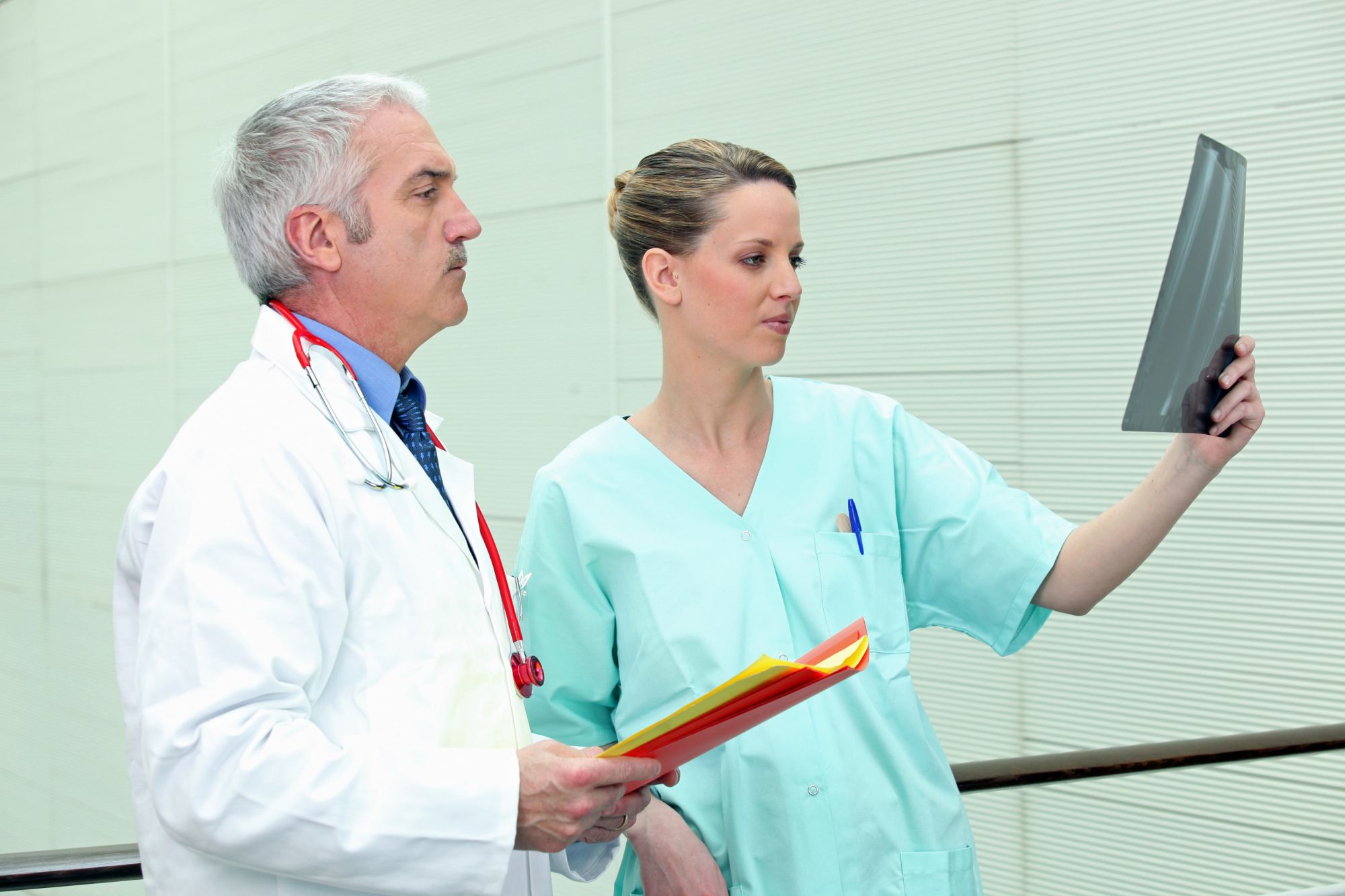-
 Isostasy
Isostasy
-
 Apex
Apex
-
 Bug
Bug
-
 Thalassaemia
Thalassaemia
-
 Concorde
Concorde
-
 Pineal gland
Pineal gland
-
 Autosomal
Autosomal
-
 Educational software
Educational software
-
 Goldschmidt classification
Goldschmidt classification
-
 Vitamin
Vitamin
-
 Predisposition
Predisposition
-
 Core 2 Duo
Core 2 Duo
-
 Longitudinal chromatic aberration
Longitudinal chromatic aberration
-
 Bird songs
Bird songs
-
 Notonecta
Notonecta
-
 ICT
ICT
-
 Piconet
Piconet
-
 Packet switching
Packet switching
-
 Osmotic pressure
Osmotic pressure
-
 Natural gas
Natural gas
-
 New Worlds Observer
New Worlds Observer
-
 Migmatite
Migmatite
-
 Heteroatom
Heteroatom
-
 NAT
NAT
-
 Catalase
Catalase
-
 Phytotoxic
Phytotoxic
-
 Decryption
Decryption
-
 Cumulonimbus
Cumulonimbus
-
 Activation
Activation
-
 Miocene
Miocene
OGDT
Oesophago-gastric-duodenal transit (OGDT) is a radiological examination to examine the oesophagus, stomach and initial part of the small intestine (duodenum). It is performed by a radiologist in primary care consulting rooms or in a hospital.
OGDT- the procedure
The examination is complementary to gastroscopy. It can identify inflammatory lesions, oesophageal reflux, diverticula and tumours. It is also used occasionally to monitor the results of surgery.
Examination procedure
The patient is initially standing, and then lies on the examination table. The OGDT involves swallowing mouthfuls of an iodine-containing contrast medium, after which several series of short films are taken. The purpose: to monitor the progress of the contrast medium as it passes through the upper part of the gastro-intestinal tract and to confirm that there is no narrowing which may hinder food passage. The subject must remain immobile and hold their breath whilst the films are being taken, to provide a high quality examination. The examination lasts approximately 20 minutes.
Possible risks of OGDT
There are no risks. Complications from OGDT are extremely rare. Allergic reactions to the contrast medium are rare, as are risks to aspiration when the medium is swallowed.
Sources:
- Saint-Rémi Medical Imaging Centre, Reims, consulted on 17 February 2011;
- Dictionnaire de l'imagerie médicale et des rayonnements, de l'Académie de médecine (Dictionary of Medical Imagery and Radiation, from the Academy of Medicine) by Jean-Charles Sournia and Jacques Polonovski, PUF, 320 pages, 50 Euros.
 A study of the oesophagus, stomach and intestine. © Phovoir
A study of the oesophagus, stomach and intestine. © Phovoir
Latest
Fill out my online form.



